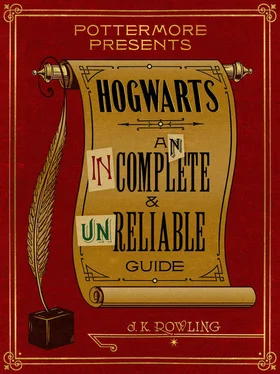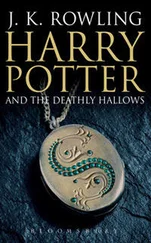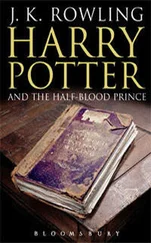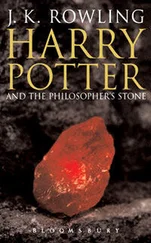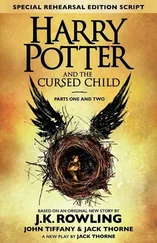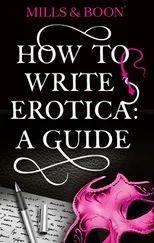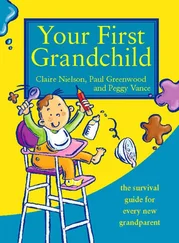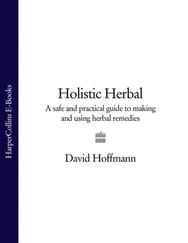The Marauder’s Map was, however, of immense use to the young Weasley twins. The story of Fred and George’s acquisition of the map is told in Harry Potter and the Prisoner of Azkaban . It was a mark of their high esteem for Harry Potter, and their belief that he stood in need of assistance with a destiny none of them yet fully understood, that they later gifted the map to him, unwittingly passing it on to the child of one of the creators.
The map was subsequently confiscated from Harry Potter by a Death Eater in disguise at the school, who recognised it as a likely source of his own discovery.
J.K. Rowling’s thoughts
The Marauder’s Map subsequently became something of a bane to its true originator (me), because it allowed Harry a little too much freedom of information. I never showed Harry taking the map back from the empty office of (the supposed) Mad-Eye Moody, and I sometimes regretted that I had not capitalised on this mistake to leave it there. However, I like the moment when Harry watches Ginny’s dot moving around the school in Deathly Hallows , so on balance I am glad I let Harry reclaim his rightful property.

The Marauder’s Map could help students escape to Honeydukes, locate enemies in the Hogwarts hallways, and insult Severus Snape, but it probably wouldn’t be much help in the Great Lake. With its murky depths and magical residents, the Great Lake is one of the castle’s more mysterious locales; the site of the second task in the Triwizard Tournament and the haunt of a host of water-dwelling magical creatures, from Grindylows to the giant squid.
The Great Lake
by J.K. Rowling

The grounds of Hogwarts function partly as a nature reserve for magical creatures which have difficulty existing in Muggle-inhabited areas.
The lake is full of creatures that would make a Muggle naturalist swoon with delight – if terror did not seize them first. There are Grindylows (vicious little water demons), merpeople (of a hardy Scottish strain) and a giant squid, which is semi-domesticated and permits students to tickle its tentacles on sunny days, when it basks in the shallows.
Giant squid genuinely exist, though they are most mysterious creatures. Although their extraordinary bodies have been washed up all over the world, it was not until 2006 that a live giant squid was captured on film by Muggles. I strongly suspect them of having magical powers.
J.K. Rowling’s thoughts
The lake is the setting for the second task that the Triwizard competitors must face in Goblet of Fire , which is also my favourite task. I find it satisfyingly creepy; I like the diversity of the methods employed by the competitors to breathe underwater, and I enjoyed plumbing the depths of a part of the grounds that had never been seen before. In the original draft of Chamber of Secrets , I had Harry and Ron crash into the lake in Mr Weasley’s Ford Anglia, and meet the merpeople there for the first time.
At that time I had a vague notion that the lake might lead to other places, and that the merpeople might play a larger role in the later books than they did, so I thought that Harry ought to be introduced to both at this stage. However, the Whomping Willow provided a more satisfying, less distracting crash, and served a later purpose in Prisoner of Azkaban , too. The Great Lake (which is really a Scottish loch, apparently freshwater and landlocked) never did develop as a portal to other seas or rivers, although the appearance of the Durmstrang ship from its depths in Goblet of Fire hints at the fact that if you are travelling by an enchanted craft, you might be able to take a magical shortcut to other waterways.
CHAPTER FOUR
LESSONS AT HOGWARTS
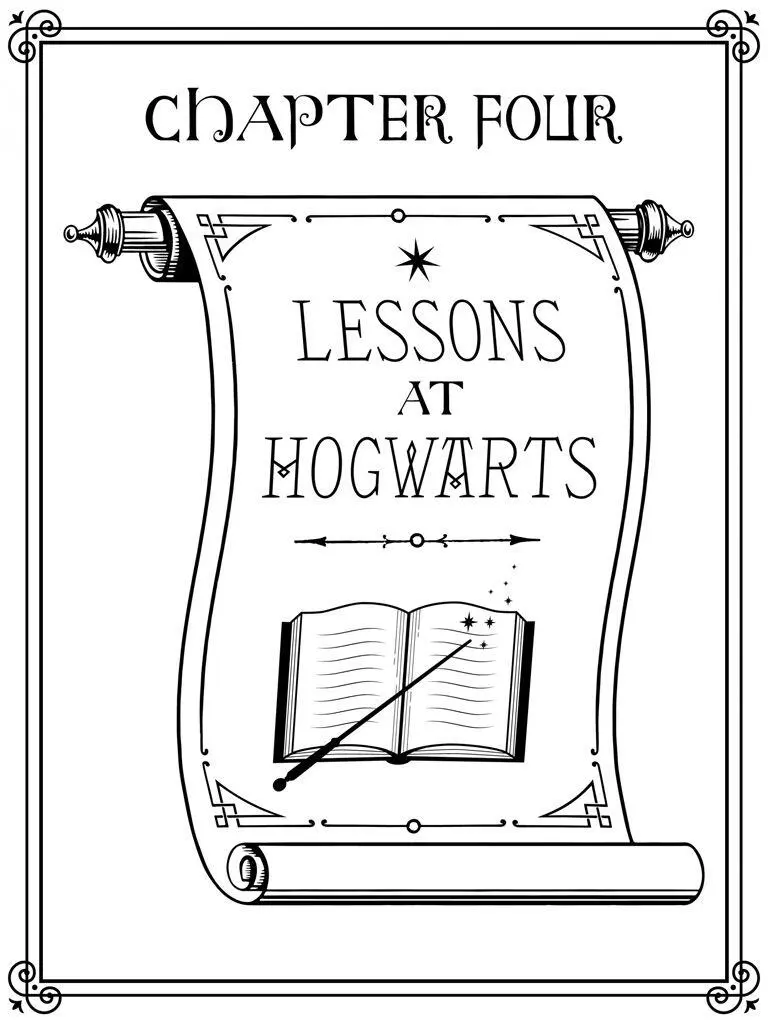

It’s time to get down to the real business of Hogwarts: lessons. You won’t find chemistry and mathematics on the curriculum, but then you wouldn’t expect to see Potions and Arithmancy on a Muggle timetable.
Hogwarts School Subjects
by J.K. Rowling

All first-years at Hogwarts must take seven subjects: Transfiguration, Charms, Potions, History of Magic, Defence Against the Dark Arts, Astronomy and Herbology. Flying lessons (on broomsticks) are also compulsory.
At the end of their second year at Hogwarts, students are required to choose a minimum of two more subjects from the following list: Arithmancy, Muggle Studies, Divination, Study of Ancient Runes and Care of Magical Creatures.
Very specialised subjects such as Alchemy are sometimes offered in the final two years, if there is sufficient demand.
J.K. Rowling’s thoughts
A slightly different list of school subjects appears in my earliest notes. Herbology is called ‘Herbalism’, Divination is compulsory from the first year, as are Alchemy and a subject called simply ‘Beasts’, whereas Transfiguration is called ‘Transfiguration/Metamorphosis’.

If, like Hermione, nearly all of these subjects sound essential to you, then a certain magical object might come in handy. In Harry Potter and the Prisoner of Azkaban, Hermione managed to double her work load by securing the use of a Time-Turner, a magical device that enables the wearer to travel back in time. However, using a Time-Turner can have grave consequences.
Time-Turner
by J.K. Rowling

In spite of the many Muggle fantasies around the subject, time travel is possible in only a limited sense even in the magical world. While the subject is shrouded in great secrecy – investigations are ongoing in the Department of Mysteries – it appears that magic can take you only so far.
According to Professor Saul Croaker, who has spent his entire career in the Department of Mysteries studying time-magic:
‘As our investigations currently stand, the longest period that may be relived without the possibility of serious harm to the traveller or to time itself is around five hours. We have been able to encase single Hour-Reversal Charms, which are unstable and benefit from containment, in small, enchanted hour-glasses that may be worn around a witch or wizard’s neck and revolved according to the number of hours the user wishes to relive.
‘All attempts to travel back further than a few hours have resulted in catastrophic harm to the witch or wizard involved. It was not realised for many years why time travellers over great distances never survived their journeys. All such experiments have been abandoned since 1899, when Eloise Mintumble became trapped, for a period of five days, in the year 1402. Now we understand that her body had aged five centuries in its return to the present and, irreparably damaged, she died in St Mungo’s Hospital for Magical Maladies and Injuries shortly after we managed to retrieve her. What is more, her five days in the distant past caused great disturbance to the life paths of all those she met, changing the course of their lives so dramatically that no fewer than twenty-five of their descendants vanished in the present, having been “un-born”.
Читать дальше
